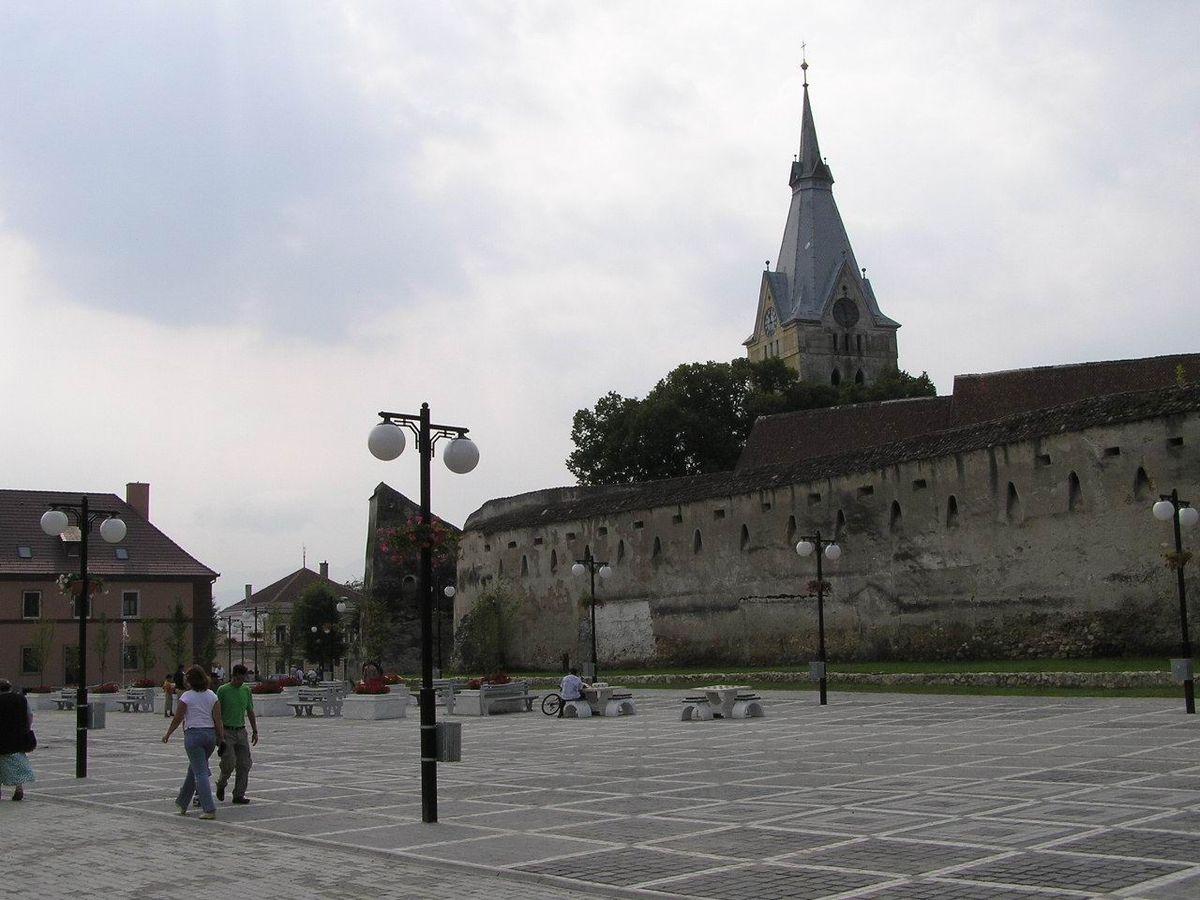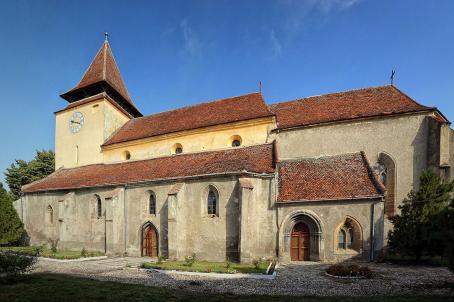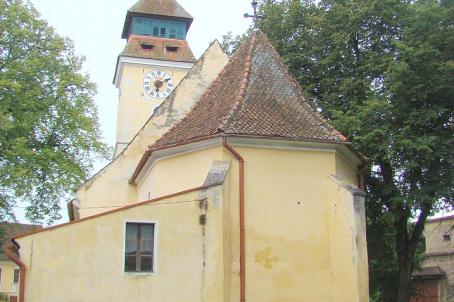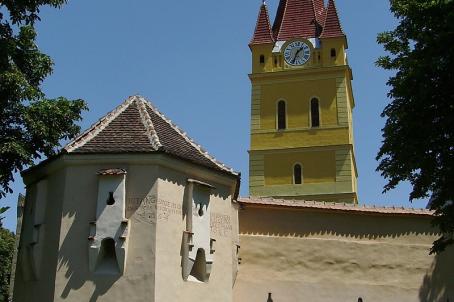Codlea Fortified Church
The bell tower dominates the fortified church in Codlea. Its walls reach a thickness of 5m after having undergone several construction phases. The church was built during the 13th century and was transformed into a Gothic single-nave church two centuries later. The first Ottoman invasion convinced the villagers of the necessity of a good defensive system. Thus an 8m high and 2m thick defence wall equipped with embrasure and machicolation surrounded the church. Granaries were also constructed in its interior, and so not only the lives of the residents were protected, but also their goods.
The interior of the church is dominated by the painted panelled ceiling, which was constructed at the beginning of the 18th century and consists of 252 panels. Also impressive is the 1783 organ, one of the most valuable instruments in Transylvania built by the craftsman Prause of Silenzia and decorated by the artist Oelhan.
About this building
For more information visit on this building visit https://kirchenburgen.org/en/location/zeiden-codlea/






